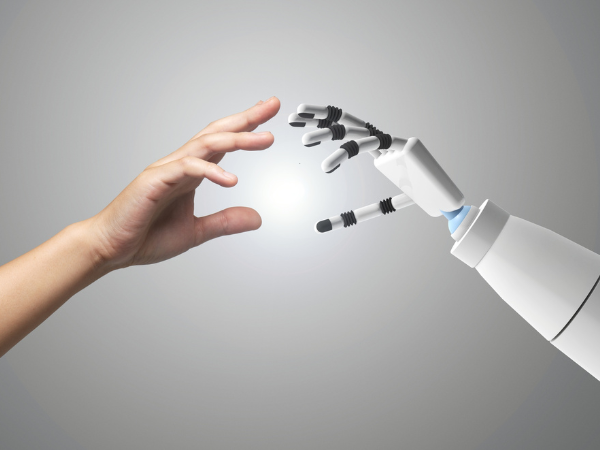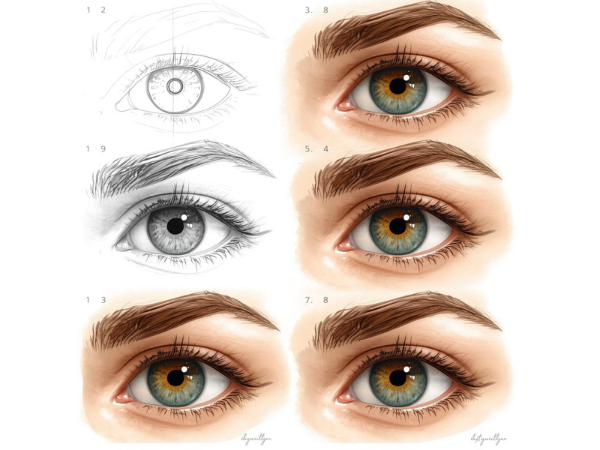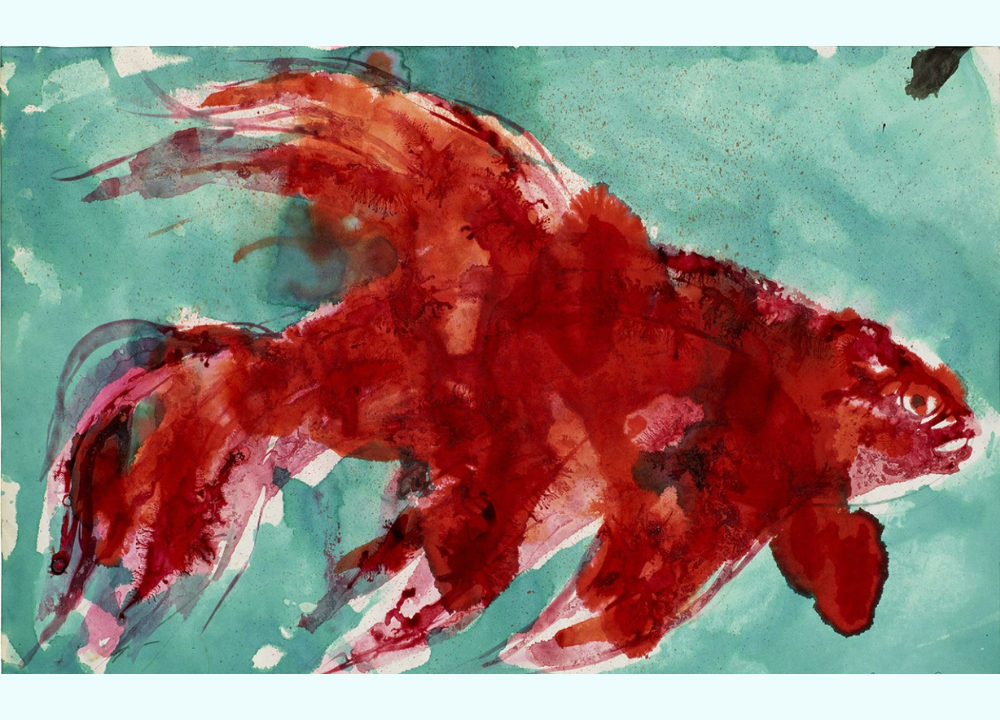Art has always reflected the spirit of its time. From cave paintings to Renaissance masterpieces, from photography to digital installations, each era has seen creativity evolve alongside technology. Today, artificial intelligence (AI) is reshaping the boundaries of what we call “art.”
What Is AI Art?
AI art refers to creative works generated or assisted by artificial intelligence systems. These tools can produce paintings, music, poetry, and even interactive installations. At its core, AI art is about using algorithms to mimic or extend human creativity.
- Generative AI: Produces images, music, or text from prompts and training data.
- Collaborative AI: Assists artists in brainstorming, editing, or refining ideas.
- Automated AI: Handles repetitive tasks like resizing, archiving, or formatting.
AI art is not created in isolation. It is built on human culture, since algorithms learn from existing works. This means that every AI‑generated piece is indirectly shaped by centuries of human creativity, making AI less a replacement and more a reflection of our collective imagination.
The Historical Relationship Between Art and Technology
Technology has always influenced art, often sparking both resistance and innovation. Each new invention has challenged artists to rethink their methods and audiences to reconsider what counts as “art.”
- Photography: Expanded realism and inspired abstraction in painting.
- Film: Created new storytelling techniques and visual languages.
- Digital tools: Enabled animation, 3D modeling, and interactive media.
Far from destroying traditional art forms, technology has consistently expanded them. AI is simply the latest chapter in this ongoing dialogue, offering artists new tools while forcing society to rethink authenticity and originality.
The Role of Human Creativity in the Age of AI
Even with AI’s growing capabilities, human creativity remains irreplaceable. Machines can generate outputs, but they lack intent, emotion, and cultural context.
- Emotion: Human experiences drive authentic artistic expression.
- Context: Artists embed cultural, political, and social narratives.
- Interpretation: Viewers connect with human stories, not algorithms.
AI can enhance productivity, but it cannot replicate the human spark that gives art meaning. The future of creativity lies in blending machine efficiency with human imagination.
Benefits of AI in the Art Industry
AI offers practical advantages for artists, galleries, and institutions. It can streamline workflows, democratize access, and inspire new forms of expression.
- Efficiency: Automates editing, archiving, and scheduling.
- Accessibility: Allows non‑experts to create professional‑quality art.
- Innovation: Enables interactive and immersive installations.
These benefits show that AI is not just about replacing human effort. Instead, it frees artists to focus on storytelling and emotion while machines handle repetitive or technical tasks.
Challenges and Ethical Concerns
The rise of AI art raises serious ethical questions about ownership, authenticity, and fairness.
- Copyright: Training datasets often use works without consent.
- Authenticity: AI blurs the line between original and derivative.
- Livelihoods: Artists fear being replaced by algorithms.
These challenges highlight the need for clear policies and ethical frameworks. Without them, AI risks undermining the very communities it seeks to empower.
Emerging Trends in AI‑Driven Art
AI is driving new artistic movements that blend tradition with innovation.
- Experimental art: Combines classical techniques with digital tools.
- Global platforms: Allow instant sharing and collaboration worldwide.
- Interactive media: AI enables immersive, audience‑driven experiences.
These trends suggest that AI is not just a tool but a catalyst for entirely new genres of art. The next wave of creativity will likely be hybrid, merging human intuition with machine precision.
Health and Social Impacts of AI Creativity
Art influences mental health and social cohesion, and AI‑generated art is no exception. It can provide therapy tools, educational resources, and community engagement opportunities.
- Therapeutic uses: AI art apps can support relaxation and mindfulness.
- Education: AI tools help students explore creativity without barriers.
- Community: Online platforms foster global artistic collaboration.
While AI can enrich lives, overreliance on automation may reduce human connection. Balancing efficiency with empathy ensures that art continues to serve society’s emotional and cultural needs.
The Future Outlook: Collaboration, Not Replacement
The future of art lies in collaboration between humans and machines. Just as photography and film expanded creativity, AI will inspire new movements.
- Partnerships: Artists use AI as a co‑creator, not a competitor.
- New genres: Hybrid art forms will emerge from human‑machine synergy.
- Cultural impact: AI will reshape how societies define originality.
The future of art is a fusion of AI, technology, and human creativity. History shows that technology never kills art; it transforms it. AI will not replace the human spirit but will amplify it, offering new tools, styles, and platforms. The next generation of artists will be those who harness AI responsibly, blending machine efficiency with human emotion to create works that resonate across cultures and time.




